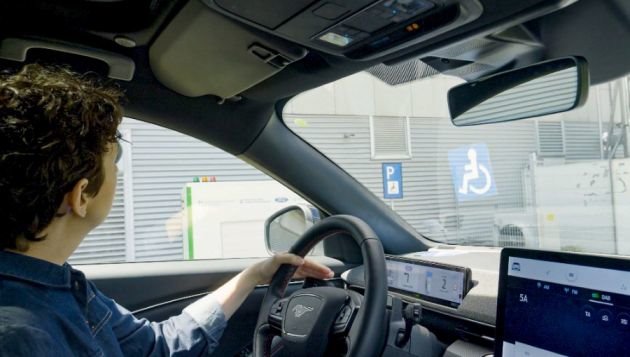
Automotive manufacturer Ford is developing a prototype robot charging station, which drivers can operate using a smartphone from inside their EV.
The technology hopes to enable disabled drivers to stay in the car while charging, or leave the car while the robot looks after the charging instead.
Disabled drivers have already identified ease of charging as a key purchase consideration for electric cars, hence why Ford is testing its robot charging station with the aim of developing a hands-free charging solution for electric vehicles and fully automatic charging for autonomous vehicles.
Following initial lab testing, Ford researchers are now putting the robot charging station to the test in real-life situations. Once activated, the station cover slides open and the charging arm extends towards the inlet with the help of a tiny camera. After charging, the arm retracts back into place.
Further applications could include fast and efficient charging of company fleets. The technology could also support more powerful charging to charge electric vehicles in a much shorter time.
“I stopped filling up my car myself years ago, because it became very strenuous. My husband does it for me,” said Angela Aben, Employee Communications, Ford of Europe, who uses a power-assisted wheelchair to gain more mobility and independence.
“The introduction of a robot charging station would offer me a much greater level of independence.”
In future, the robot charging station, custom-made by Dortmund University, in Germany, could be installed at disabled parking spaces, in car parks or at private homes.
The process could also become fully automated, with minimal or no driver involvement. The driver would simply send the vehicle to the charging station, with the infrastructure ensuring it reaches and returns from its destination autonomously.